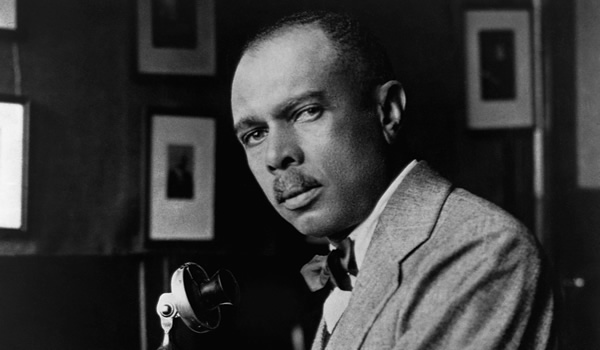By Barbara Wingo
James Weldon Johnson, a native of Jacksonville, Florida, was one of the most exceptional and important figures of the first half of the twentieth century. As historian John Hope Franklin wrote: “It is difficult to imagine the Harlem Renaissance without James Weldon Johnson. It is impossible to understand the place of African Americans in the life of this country without [his autobiography] Along this Way.” Johnson was a truly remarkable man, and his autobiography continues to be a “page-turner” that is impossible to put down.
After all, Johnson was an educator, a lawyer (the first African-American to be licensed in Florida since Reconstruction), a diplomat (United States consul in Venezuela and in Nicaragua) a lyricist, poet, novelist, and essayist, and the first African American to be executive secretary of the NAACP.
In 1913 Johnson’s appointment by President Taft as consul to the Azores was not confirmed by the Senate after Taft’s failed re-election. Johnson then decided to resign from the Consular Service and return to Jacksonville with his wife Grace Neil Johnson. He considered returning to the practice of law and was encouraged to do so by his friends there. He recounted that “Jacksonville was also making a bid for the moving picture industry.” He noted in Along this Way: “While I was floundering, I thought to make a try at this new art field. I wrote a half-dozen short scenarios, Grace working with me on them, and promptly sold three of them, at prices ranging from twenty-five to fifty dollars.” Unfortunately, they “saw the exhibition of the first picture, and were so disappointed in it that we were actually ashamed to see the others.”
Shortly after this (although not for this reason) Johnson decided to return to New York City – where he would be a primary participant in the Harlem Renaissance and the civil rights movement – although, like Jacksonville itself in the years following World War I, not a primary participant in the motion picture industry.


